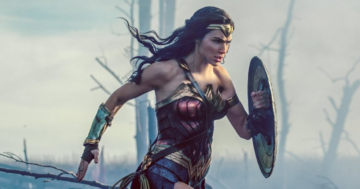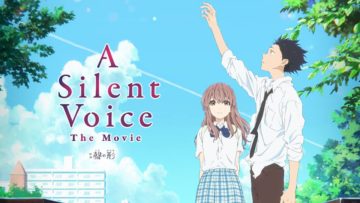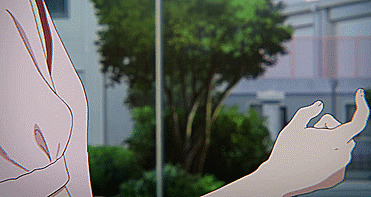Media is evolving. Ethics, participation, empowerment, and representation have collided to form a new template for creative content. While we still have a long way to go until media consciousness hits a turning point, it’s slowly making its way to the fore with the increase in participatory media for the disabled…
In the current climate of social justice, representation is one of the most important forms of empowerment. Voices will always clash and overlap, drowning out those less powerful that face difficulties in being heard. As a result, the media sector is slowly making progress in creating a new wave of media consciousness that centres on ethics.

A major example of this ethical focus is Wonder Woman star Gal Gadot’s stand against Brett Ratner. Her threats to boycott the much-anticipated sequel unless producer Brett Ratner is no longer involved follow sexual assault claims against Ratner by several women, including actress Ellen Page. Only one story of many Hollywood sexual assault controversies, Gadot confirmed Ratner’s removal from the production team on NBC’s Today Show on November 16th, saying that ‘everyone knew that it was the right thing to do.’
It’s a great step forward for women, but this new wave has yet to trigger a stronger effort to increase participatory media content for those with a disability. There’s no doubt that efforts do exist, but most disabled characters in film and television are played by able-bodied actors, affecting and discouraging disabled actors from taking part in big-budget projects.

Despite this, film director Naoko Yamada and Kyoto Animation have contributed to participatory media for the hearing-impaired with ‘A Silent Voice’. This Japanese animé film deals with Shōya Ishida, a young man seeking redemption for bullying Shōko Nishimiya, a deaf girl from his youth. The film is daring and controversial in its content, and brave and heartfelt in the way it brings the characters and their emotions to life.

The film is also meticulous in the way it handles hearing impairment. Character animations are perfectly manoeuvred to create accurate signs for Japanese sign language. Director Yamada explains in an interview with Newsweek that:
‘Under the thorough guidance of the supervisor from pre-production, during production and through post-production, we had confirmed and had been given specific direction on every aspect of the sign language, including the meaning, the reasoning and how it looks. Therefore, Japanese sign language is at its utmost accuracy.’
The production process also included the input of people with hearing-impairments to strengthen its authenticity. Yamada adds that:
‘I personally have had the chance to attend sign language school several times and have interacted with the Japanese deaf community, which was truly enlightening.’
October 20th saw the cinematic release of an English dub for ‘A Silent Voice’ produced at American recording studio NYAV Post, which has pleased fans of the original film as well as reaching out to new Western viewers. But the most celebrated aspect of NYAV Post’s dub is that Shōko’s voice is provided by deaf actress Lexi Marman (credited as Lexi Cowden). Cowden’s casting has provided the industry with a big leap forward for disabled actors. Let’s hope the trend continues and more minorities are given opportunities to tell their stories.
‘A Silent Voice’ is available throughout Australia on DVD and Blu-Ray from December 6th. You can check out their website for further details here.
View a clip of the English dub below:
What are your thoughts on authenticity in the media? Should a character who belongs to a specific minority be represented by a genuine member of that group? Tell us in the comments below!







